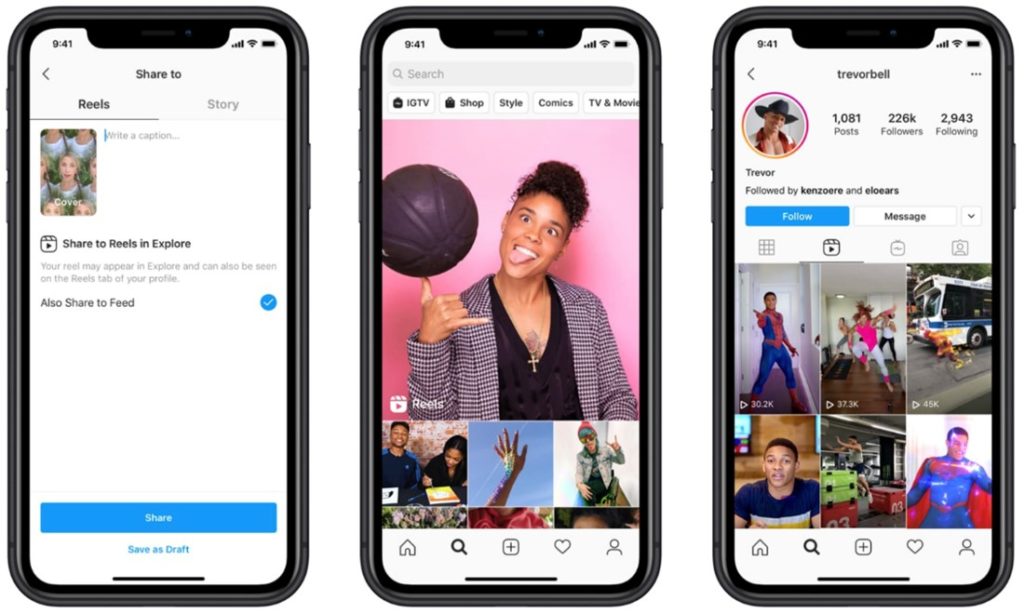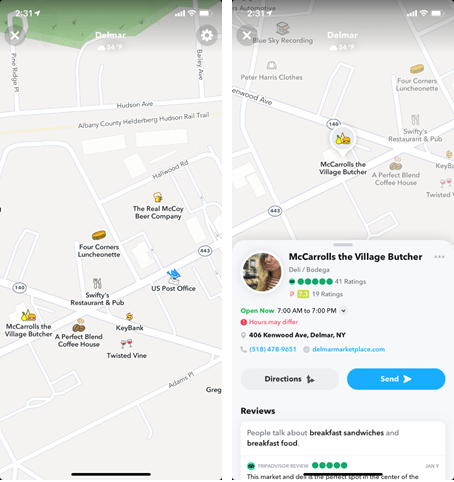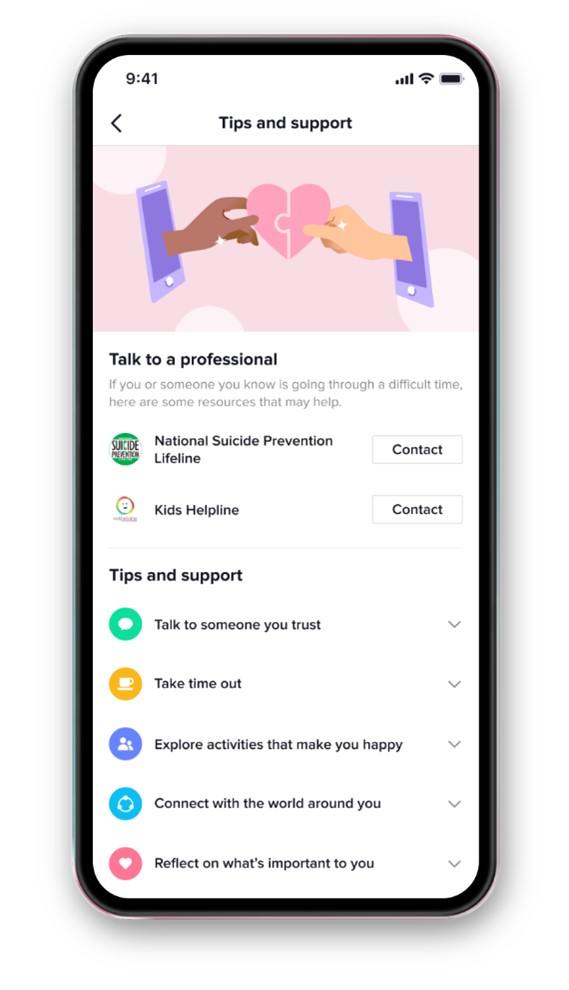Look Back at Social Media Updates for 2020
Explore Important Updates to Popular Social Media Platforms in the Wake of a Pandemic, Presidential Election & Growing Needs of Users & Businesses
The COVID-19 pandemic caused social media usage to skyrocket even more in 2020.
With stay-at-home orders keeping people physically apart, social media played an important role in keeping us connected.
TikTok, Instagram, Facebook, Twitter, and Snapchat innovated continuously throughout the year to keep consumers engaged while also tackling important social issues — including promoting mental health and small business support, as well as issues outside of the pandemic like the Black Lives Matter movement and the highly contested presidential election.
Let’s take a look at each of the major platforms and some of the changes that were made to improve the overall usefulness and user experience on those platforms:
Instagram Rolls Out Reels
In response to TikTok’s booming success with Gen-Z and the potential for a TikTok ban, Instagram introduced a new feature called Reels.
Reels are 15-second video clips with audio, effects, and various creative tools to share with followers or the entire Instagram community.

With the launch of this feature, Instagram hoped to attract more native content creators and increase the amount of time users spend mindlessly scrolling through the app.
The problem is, TikTok is exclusively formatted for these addictive videos, and content creators can make millions of dollars directly from the app with the TikTok Creator Fund.
There are certainly more iterations of Reels to come, so in 2021, we’ll see if Instagram has the capability to pivot and make the feature more monetizable.
Twitter Joins the “Story” Trend with Fleets
Snapchat’s Story feature was revolutionary when it launched in late 2013 because of the way that it allowed users to post temporary photos and videos as status updates for their followers to see.
These updates only last 24 hours before they are permanently deleted.
A few years later, in 2016, Instagram hopped on the bandwagon and added its own Instagram Story feature — which was met with resistance but has now been adopted by most users.
In 2020, it became Twitter’s turn.
On November 17, 2020, Twitter announced Fleets — a story feature that was introduced in response to users disliking the permanent and public nature of tweets.
Fleets are meant to reduce the pressure around tweeting by letting users express in-the-moment thoughts and opinions that aren’t focused on getting retweets, likes, and mentions.
Fleets are like Stories that users see on Instagram or Snapchat. They disappear from view after a day and cannot be retweeted, liked, or publicly replied to.

Average users will most likely use Fleets in exactly the way they use Instagram Stories — sending out glimpses of fleeting moments in their daily lives that are more authentic and not filtered into pore-less perfection.
New Snapchat Features Help Local Businesses
Snapchat has long been focused on engaging users at the local level.
For years, it was a shining example of how to use location-anchored augmented reality (AR) graphics to show a user’s location in a fun and interesting way.
This year, Snapchat made the Snap Map more local-focused with its Places feature.
Places, a new Snapchat feature in 2020, introduced changes to the Snap Map interface to now include local listings for businesses, instantly increasing the marketing and advertising value of the app even more. Snapchat’s 200 million users can now use the Map to find local businesses in addition to finding their friends.
Places Listings allows businesses to create an organic presence on Snapchat — for free.
Listing information on Places can include address, website, hours, price category, and more. Through the Snap Map, users can get directions, call the location, and order takeout or delivery.

This new addition could not have come at a better time.
In a year where small businesses needed more support than ever, this feature helped Snapchat (and local businesses) reach Gen Z in a unique, engaging way, and useful way.
TikTok Expands Mental Health Resources
Mental health has become progressively less taboo in recent years as more and more people willingly discuss their personal struggles openly, including on social media.
TikTok, as teens’ second favorite social media app, has proven to be one of the most prominent social media channels for opening up discussions around mental health.
This year, TikTok — a simple short-video platform that also became more prevalent in the digital marketing world — worked with behavioral psychologists and suicide prevention experts to develop resources for users struggling with mental health.
These resources include evidence-based actions users can take for searches related to self-harm, like [selfharm] or [hatemyself] as well as advice from mental health professionals.
When users view content under the hashtag #MentalHealthAwareness, these resources are also visible.

Experts say this type of content can support people who are coping with mental health or behavioral issues, even if they can’t seek individualized help. This new TikTok feature can help teens and those struggling with mental health and searching for answers online.
Facebook Launches Voter Information Center
Keeping in line with the trend of major social media platforms tackling social issues, Facebook’s new social media feature urged Americans to vote.
In an effort to get four million eligible voters registered for this year’s election, the 2020 U.S. Election Voting Information Center was launched.

The goal of the Voting Center was to give people one place to find tools and information needed to make their voices heard at the polls.
And the Voting Center certainly helped in doing so.
Facebook estimates it helped nearly 4.4 million people register for the 2020 election through its effort to make it easier to connect users on Facebook and Instagram with accurate and easy-to-find information about voting, wherever they live.

It’s safe to say that the social media conglomerate accomplished its goal.
Looking Forward to 2021 Social Media Features
There are days when the social media sphere can be overrun with hateful words and trolls.
But, if 2020 has shown us anything, it’s that we don’t have to be together physically to be together.
Social media platforms will continue to step up and update features to their platforms to further help users live better lives, not just stay simply connected.
It’s up to us how we use it beyond that in 2021 and beyond.





